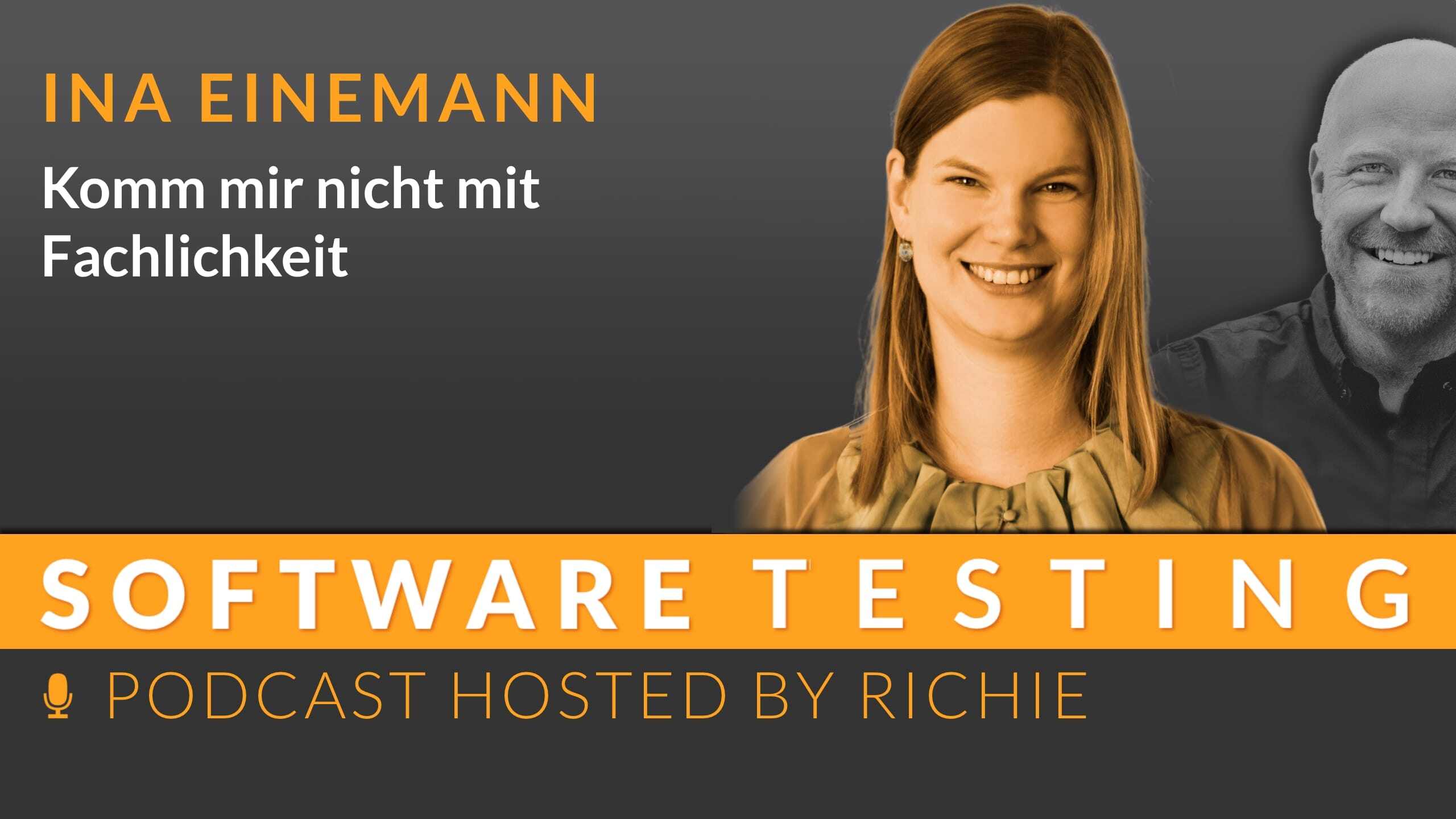Software testing in the future - Interview with Thomas Karl
Thomas Karl is Head of Quality Transformation Services and Thought Leadership Portfolio Lead of Software Engineering for Germany, Austria and...
Today, agility appears in a wide variety of contexts and media and has become a hype. Many companies want to work in an agile way in order to become more efficient, more resilient and more flexible and to promote innovation. But is that the idea behind it?
Agile working is not all that modern. The first agile ideas and approaches date back to the 1950s and 1970s. At this time, the computer and software industry was still in its infancy. The agile movement really took off a good 20 years ago. A number of software developers were dissatisfied with the way projects were running and thought together about how they could do things better. The idea was to focus more on the result, the customer and their wishes. This meeting gave rise to the “Manifesto for Agile Software Development”. As a compass of values, it redefined the weighting of aspects of software development. So to speak: both are important, but the left is more important to us.
This marked the beginning of a paradigm shift in software programming. Countless methods and tools were developed to implement this set of values in day-to-day work. Among the best known are Scrum, Kanban and Extreme Programming, which brought completely new ways of working into everyday project and company life. And not just in software development. Today, agile working has arrived in almost all areas: agile marketing, agile controlling, agile logistics, the agile craft business, the agile school class, the agile family…
With all this progress, services, consultant products, certifications and new models have emerged. And with them at least as many definitions of what agile actually means…
Before we venture into a concrete definition, we first need to look at the benefits of being agile. There is no doubt that social, economic and technological development has exploded in recent years and decades. Innovations and new achievements have been coming thick and fast. Globalization, the Internet and the constant availability of information are accelerating this development even further.
Traditional company and project procedures based on planning and optimization are reaching their limits here. In contrast to the past, a plan that has been meticulously worked out over a long period of time will be obsolete tomorrow. We live in the much-cited, so-called VUCA world. This is made up of volatility, uncertainty, complexity and ambiguity. Agile methods attempt to provide an answer to this by giving us the opportunity to navigate through this VUCA sea.
The crux of this definition is, of course, that it would be nice - but a method that helps us to cope with fluctuations, uncertainty, complexity and ambiguity cannot itself be a rigid procedure. Working in an agile way is a holistic, systemic process. With a set of principles, values and a mindset to deal with uncertainty & co.
What are agile values? Agile values are all those that help us to deal with VUCA. A few examples: Courage, openness, self-responsibility, transparency, communication, optimism, appreciation, …
What is an agile mindset? An agile mindset is an attitude that lives these values on a daily basis, not only in day-to-day business, but also - and especially - around it. And there is more to an agile mindset, e.g:
When thought through to its logical conclusion, agility is above all one thing: individual. Finding your own agile path, finding your own answers to VUCA.
The values and the mindset are beacons. They help you navigate, but do not replace the work on deck.
Frameworks and methods such as those used in Scrum or Kanban are an ideal start for the agile path. All of these methods are tried and tested best practices, i.e. they are derived from practice because they have worked for successful teams, projects and companies. And you can experiment with them yourself. Orientation towards best practices offers a possible starting point for living agile values and thus developing your own individual agile mindset.
It is important to remember that these are best practices from others. Much more important are your own experiences, insights and experiences of trying out a specific procedure yourself as a team. What works is developed further, what doesn’t work is changed or discarded.
The result is a tailor-made model, your own set of methods and tools for your own agile path.
A bit of Scrum here, a table football in the break room there and Casual Friday every two months. Then agile works too. With this approach, it is challenging to find a growing agile path. Detached, one-off activities unsurprisingly end in eye-rolling and unrest among those involved. Agility only shows its full potential when a holistic approach is taken: People, methods, tools, environment and mindset - only when everything interacts in a flow will there be a leverage effect for real innovation. Only then does agility become the team’s attitude.
Even though agility originated in software development, it has long since evolved out of this area. Agile approaches can be applied in all contexts. After all, they are not a method, but rather a way of thinking about work in a new and different way, e.g: Logistics, insurance, banking, trades, medical technology, SMEs, start-ups, social institutions, families or scaling across corporations, etc.
The boundaries are already blurred today. Many perspectives on the work of tomorrow share common values and a similar mindset. Whether they appear as agility, NewWork or something similar. But they all have the same goal: to help us create a working and living environment that meets today’s challenges. They also help us to remain capable of action and creative despite all the uncertainty. And this will become even more important in the future and will encompass all areas of life. Agility, like other disciplines, will become even more holistic and systemic. They will consider people in their entirety and in all their contexts. This will develop an attitude that can be used to constructively shape the future. In companies and teams, but also in the thoughts and actions of each individual.
And perhaps the term agility will then disappear from the language again. At best because the way we work, live and think has become completely normal.

Thomas Karl is Head of Quality Transformation Services and Thought Leadership Portfolio Lead of Software Engineering for Germany, Austria and...
The agile transformation brings challenges with it. After many software testing projects that we have accompanied, despite all the individuality,...

Professionalism is a term that initially draws boundaries. In Ina’s opinion, this is also the contradiction in Scrum: on the one hand, it talks about...